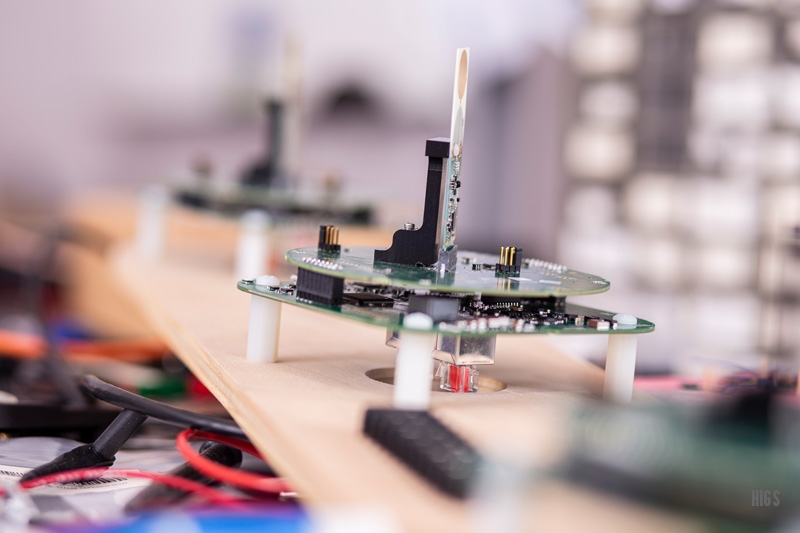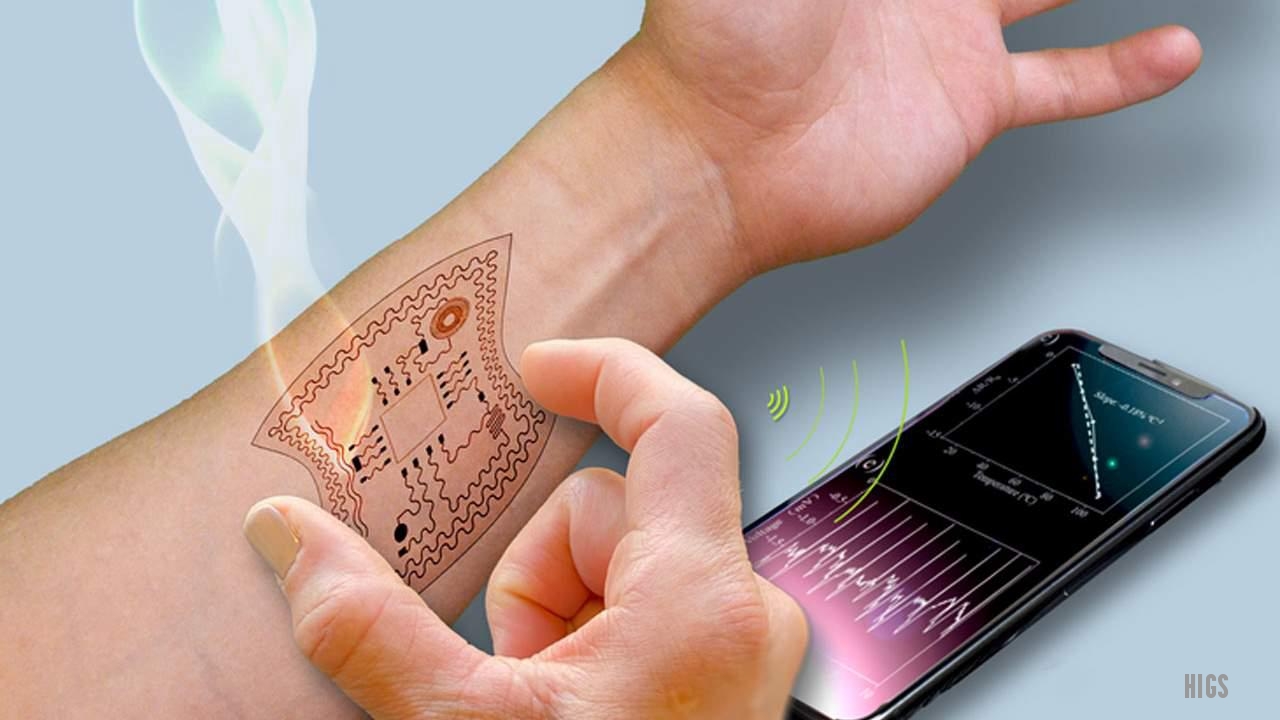Types and applications
- Broadband Antennas
- Narrowband Antennas
- Genetic antenna
- Antenna arrays and beamformers
We are experts in custom antenna design and manufacturing of various applications.Some of the common applications include vehicular, airborne, communications, SIGINT, ISR intelligence, surveillance, and reconnaissance. Some antenna types are more common for each of these applications and many of our products are useful and multi-platform. There are several antennas available, they are:
Broadband Antennas
This type of antennas operates over a large band of frequencies or bandwidths. They come in a range of methods such as spirals, long-period antennas, dipoles, and Vivaldi notch elements. An example of a broadband antenna is HAS-056, it is a 6” spiral and it is suitable for vehicular application. Because of its wide bandwidth, broad beamwidth, and high RF efficiency, this antenna is also suitable for applications such as SIGNT, EW, and wideband communications.
Narrowband Antennas
Narrowband antennas operate over a relatively narrow bandwidth. These types of narrowband antennas can be used in printers and in various types of Automation equipment.
Antenna arrays and beamformers
The antenna array encompasses various radiating features. In some cases, these elements are formed by a corporate power divider or beamformer. The simplest beamformer is a power division network that yields a fixed radiation beam.
Genetic antenna
By using an optimization algorithm, these antennas were formed up. These antennas are newly designed uniquely through a computer. It is a highly unique and customized one.
What are wearable antennas?
Wearable antennas are designed to use while being worn. These antennas are widely used in wireless communication and bio-medical RF systems.
Wearable antennas can be used by people of all ages. It is widely used among athletes, and patients for continuous monitoring of vital signs, oxygen level, and stress level.
Types of Antenna |
Advantages of Antenna |
Disadvantages of antenna |
| Dipole antenna |
They are cheap and provide a good advantage |
They exhibit large sizes at a lower frequency. |
| Whip antenna |
It provides good performance with a size lower than the dipole antenna. |
It requires high cost and it requires better background to accomplish better performance |
| Loop antenna |
They are cheap and not easily de-tuned by hand actions. |
They have poor gain, difficult to tune, and are very narrowband. |
| Spiral antenna |
While comparing to whip antenna, it possesses a small size. |
The major disadvantage is; these types of spiral antennas are difficult to feed. |
| Helical antenna |
It is a very directive antenna and offers a good amount of productivity. |
They are bulk in size. They are de-tuned by nearby objects very easily. |
| Microstrip antenna |
They are very simple chip antenna. They are used in a smartphone because of its thin structure. |
They are larger in size and it possesses lower frequency level. |
| Ceramic antenna |
They are very small in size and are less affected because of environmental factors. They are separate components. |
They are higher in cost and deliver medium performance. |
| Slot Antenna |
They are simple in design and are smaller in size. |
These types of antennas are larger in size at lower frequencies and it is difficult to be designed for frequencies less than 433 MHz |
PhD in Antenna design

PhD in Antenna design generally deals with the study of design, manufacture, installation, and operation of electronic equipment, system, machinery, and telecommunication systems.PhD in Electronics takes approximately 4 to 5 years based on the project assigned.The course shares several areas from creative, interaction, designing, robotics, and automation.
It encompasses basic ideas of engineering and techniques like mathematics, engineering, physics, drawing, and chemistry.
Here we have mentioned some colleges that offer PhD in antenna design under Electronics.
- Kuvempu University- Shimoga
- PSG college – Coimbatore
- Devi Ahilya Vishwa Vidyalaya - Indore
- Banasthali Vidyapith - Jaipur
- Rashtra Tukadoji maharaj Nagpur University - Nagpur
our team is currently engaged with plenty of research paper projects such as in
Big data,
Artificial intelligence,
Greenhouse,
Thermal engineering ,
Water resource,
Telecommunication ,
Biosensors,
Wireless Communication,
Marketing ,
Finance,
Accounts,
Organizational behavior ,
Structural Engineering ,
NLP ,
Computer Security,
IoT ,
Image Processing,
Cloud Computing ,
Signal Processing,
Microwave in Electromagnetic ,
Control System,
Power Systems ,
HRM,
Concrete based,
more.





 Whatsapp communication- +919940955256
Whatsapp communication- +919940955256 Fresh Research Paper
Fresh Research Paper Rewrite Your Research Paper
Rewrite Your Research Paper Immediate Enquiry - +916382814563
Immediate Enquiry - +916382814563



